
John Steinbeck
Español
August 24, 2025
by Philip Gambone
With the royalties that John Steinbeck made on Tortilla Flat, he financed his first trip to Mexico. In September 1935, travelling in a model-A Ford, he and his wife Carol headed toward Puebla, where they planned to live for several months. On the way, they stopped in Mexico City. The capital appealed to them so much, that they went no further, taking an apartment off the Paseo de la Reforma.
While there, Steinbeck received a telegram from his agent, informing him that she had sold the film rights to Tortilla Flat. "I do not see what even Hollywood can make of Tortilla with its episodic treatment," he wrote to his friend George Albee, "but let them try and I won't go to their picture so that is all right." He wasn't proud of the sale—motion pictures were not his thing—but, in another letter, he said he would put the money into government bonds. "The old standard of living stays right where it has always been."
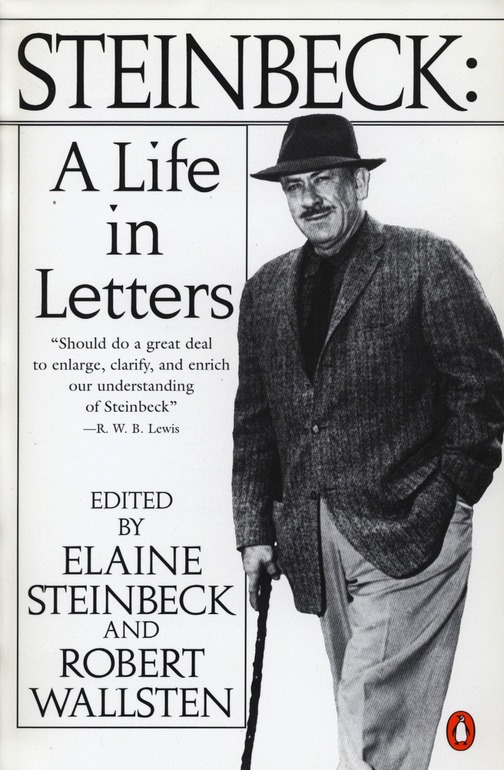
The Mexican air had a "feel," he continued in his letter to Albee. "You can feel its texture on your finger tips and on your lips. It is like water." His wife was having a marvelous time. "The people like her and she them. Wherever she goes, howls of laughter follow." He described an outing Carol had made to the market in Toluca, wanting to fill out her collection of pottery animals. "She went to a puesta and said I want a bull (quiero un toro). That means I want a stud, colloquially. The whole market roared. Half an hour later they were still laughing." By November, the charm was beginning to wear off. "I don't get any work done here," he wrote. "It would be possible to place a blame but it would be more an excuse, I guess."
Steinbeck was a prolific letter writer. "It was his way of warming up," write Elaine Steinbeck (his third wife) and Robert Wallsten, in their edition of his letters, which they titled Steinbeck: A Life in Letters. "Before he started work, he got the juices flowing by writing letters." While there are not a lot of letters from Steinbeck's visits to Mexico, the ones that survive give us glimpses into his take on a country that, as his biographer Jay Parini notes, became "a favorite place for him to visit."
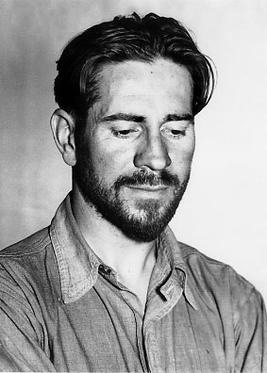
Ed Ricketts
*
Steinbeck returned to Mexico in 1940, hoping to escape all the hoopla showered upon him for his novel The Grapes of Wrath. He'd been invited by his friend Edward Ricketts to join an expedition organized to collect marine specimens along the shores in the Baja Peninsula. (Ricketts would later become the model for the character Doc in Steinbeck's novel Cannery Row.)
During the voyage, Steinbeck managed to post letters to his friends and agents whenever they put in at a small town. In one, he described going to Good Friday mass. "They sang for the stations of the cross an ancient Spanish chant like a madrigal. The priest had a beautiful voice, true and clear, and the music had still the hint of North Africa and went to quarter tones."
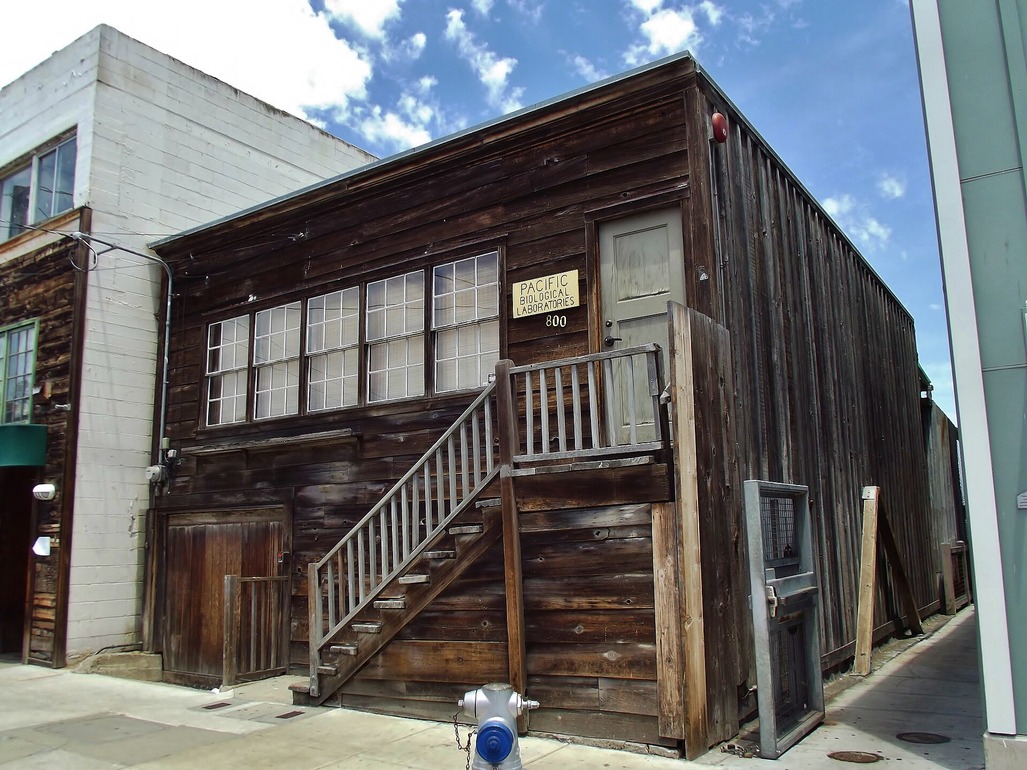
Ed Ricketts' lab in Cannery Row
*
The letters he wrote during the expedition are full of happy news: "This whole trip is doing what we had hoped it might, given us a world picture not dominated by Hitler and Moscow but something more vital and surviving than either. From the simple good of the Indians on the shore to the invertebrates there is a truer thing than ideologies."
Still, he was getting homesick. One night, he and Carol drank a little brandy, which made them "happy." "Toward the end," he wrote to his agent, "Carol and an Indian girl were mingling tears at the incredible beauty and terror of life. The Indian girl subsequently passed out and was sent ashore in a rowboat. We sent in for a guitar player and made the whole gulf horrible with song." It was, he concluded, "a party."
Steinbeck was aware of how prone he was to cast Indigenous people as romantically simple. In the book he subsequently published about his voyage, The Log from the Sea of Cortez, he wrote, "To us, a little weary of the complication and senselessness of a familiar picture, the Indian seems a rested, simple man. If we should permit ourselves to remain in ignorance of his complications, then we might long for his condition, thinking it superior to ours. The Indian on the other hand, subject to constant hunger and cold … pained by the aching teeth and sore eyes of malnutrition, may well envy our luxury."
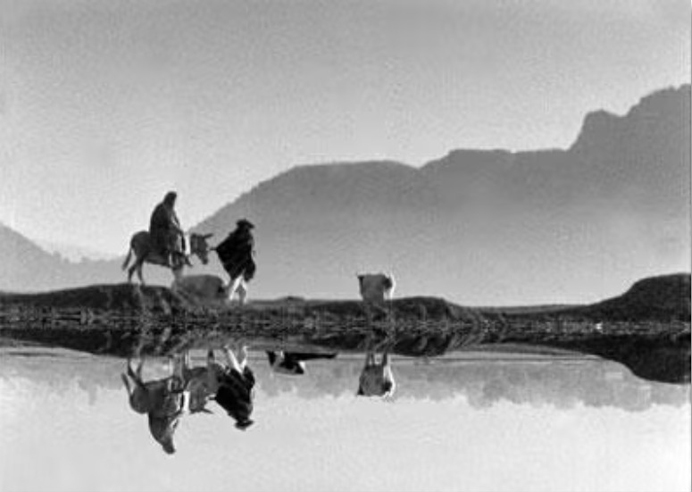
The Forgotten Village, still from the movie
*
No sooner had Steinbeck returned to California from the Baja trip than he was back in Mexico, now in Cuernavaca to write the filmscript for director Herbert Kline's The Forgotten Village, a movie about life in a small Mexican settlement. Toward the end of the project, he wrote to a friend that it had been "all work and not much else. Out at daylight and back after dark. But we're getting a picture on film—one of the first times a Mexican pueblito has been photographed."
One problem the film crew encountered was making sure that the light was adequate for filming. "We have to wait for the light and catch it as we can," Steinbeck wrote to his friend Max Wagner on November 1, 1940. When Kline asked the Mexicans on the set if the October sky would be clear, they assured him it would be. "Herb cannot learn that a Mexican answers what you want to hear. I could have told him that there is rarely a cloudless afternoon in October."
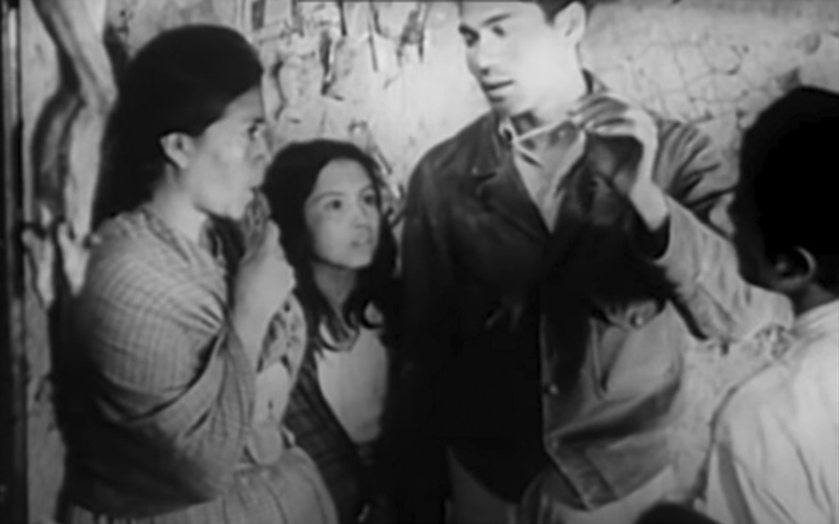
The Forgotten Village, still
*
In the same letter, Steinbeck described the Day of the Dead observances. "Our village is drunk to a man and a woman. They have been gradually picking up their binges for three days and they have two days to run. They mix pulque and aguardiente and it flops them beautifully."
When the picture was finished, the Hays Office, the official arm of the Motion Picture Production Code, would not approve it because the film included an extended scene of a woman giving birth. Similarly prudish, the New York Board of Regents initially banned the picture in New York. Steinbeck's friend Edward Ricketts didn't much care for the script either. "But the film contains many beautiful moments," writes Drewey Wayne Gunn in his excellent book on American and British Writers in Mexico, including "the usual shots of fiestas that an American audience would expect." In 1941, Steinbeck published the script with 136 stills from the movie.
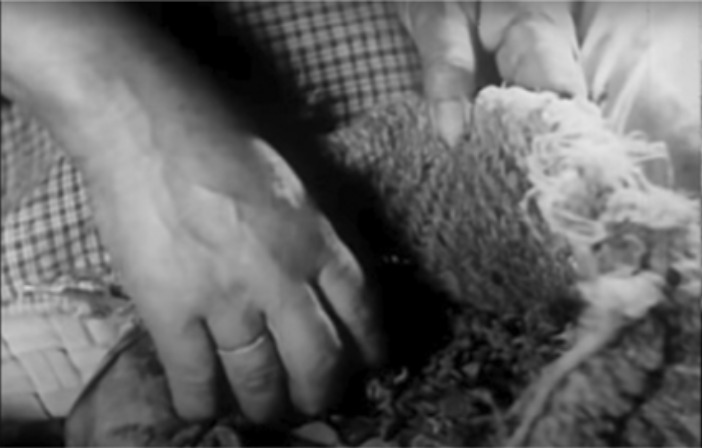
The Forgotten Village, still
*
Steinbeck next returned to Mexico during the winter of 1944. By then, his marriage to Carol was over and he had married again, this time a professional singer named Gwyn Conger. "We are leading a very quiet life, just resting like mad," he wrote to one of his agents. "I find I need it more than I knew."
He was hard at work on a short novel based on a story he had heard during his marine expedition with Ricketts. That novella, The Pearl, will be the subject of my third and final piece about Steinbeck in Mexico.
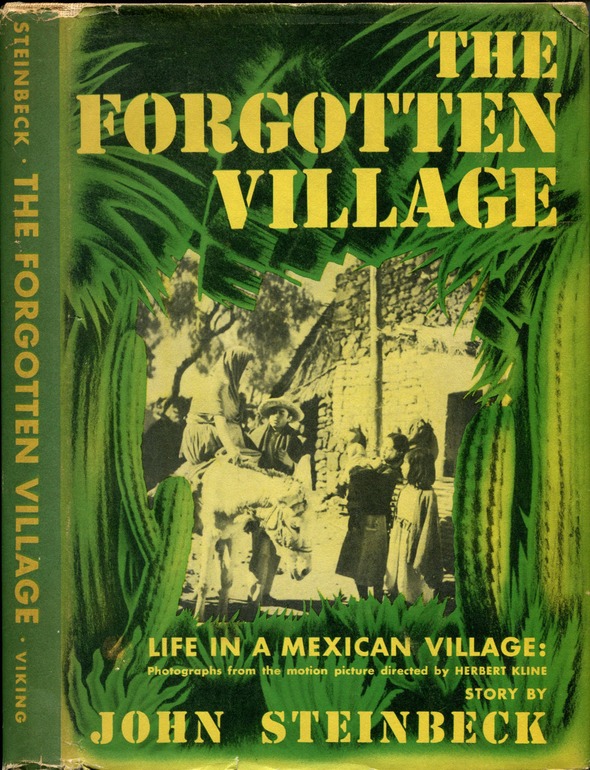 **************
**************

Philip Gambone, a retired high school English teacher, also taught creative and expository writing at Harvard for twenty-eight years. For over a decade, his book reviews appeared regularly in The New York Times. Phil is the author of seven books. His memoir, As Far As I Can Tell: Finding My Father in World War II, was named one of the Best Books of 2020 by the Boston Globe. His new collection of short stories, Zigzag, was published last year by Rattling Good Yarns Press. His books are available on-line, at Aurora Books, and at the Biblioteca bookshop.
**************
*****
Please contribute to Lokkal,
SMA's online collective:
 ***
***
Discover Lokkal:
Watch the two-minute video below.
Then, just below that, scroll down SMA's Community Wall.
Mission

Visit SMA's Social Network
Contact / Contactar

